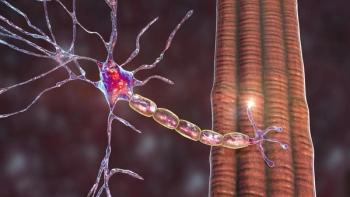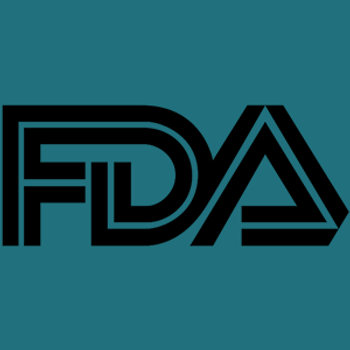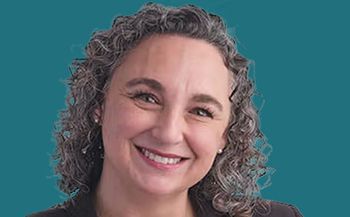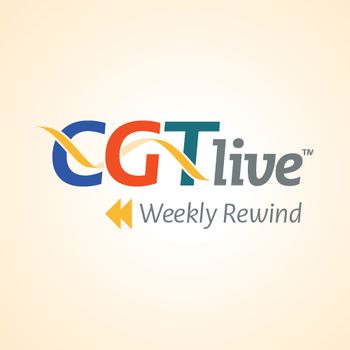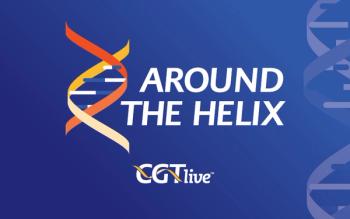
β-Thalassemia Gene Therapy in the Context of the Broader World
Tami John, MD, a clinical associate professor at Stanford Medicine, emphasized the need to build community among patients with TDT.
This is the third part of an interview with Tami John, MD. For the first part,
Occurring in only about 1,300 people in the United States, transfusion-dependent β-thalassemia (TDT) is considered a rare disease in the country.1 Although, in other parts of the world, such as India, prevalence of TDT is substantially higher.
In an interview with Tami John, MD, a clinical associate professor at Stanford Medicine, about the real world experience so far with gene therapy products for transfusion-dependent β-thalassemia (TDT)—which include bluebird bio’s betibeglogene autotemcel (beti-cel; marketed as Zynteglo), an autologous, lentiviral gene-addition therapy that delivers a modified form of the β-globin gene into patients’ hematopoietic stem cells ex vivo before reinfusion into the patient, and Vertex Pharmaceuticals and CRISPR Therapeutics’ exagamglogene autotemcel (exa-cel; marketed as Casgevy), a CRISPR/Cas9 gene-editing cell therapy—John discussed the importance of building community for patients with TDT.2,3 She pointed out that many patients with TDT in the US experience the disease alone, but that in countries where TDT is more common, they are more likely to know others with the same condition. She emphasized the importance of community-building to raise awareness about the gene therapy products available for TDT and to help patients share information about their experiences.
CGTLive: Is there anything else you want to share with our audience regarding TDT gene therapy?
Tami John, MD: Thalassemia is a rare disease in the US, but it's not rare in certain parts of the world. So while we say that we need very, very skilled and well-chosen sites around the country, we probably need to consider well-chosen sites around the world that can treat individuals at a higher rate where they're most affected. I have patients from India who can tell me their history in India of chronic blood transfusions and they have a whole cohort of people that they would come monthly with to meet. Then they've moved to the US—and this is not just India, but all over the world—and they come to the US, and they've never met somebody in this area with thalassemia. So it's hard, I think, for the referral providers to recognize which institutions [can offer the gene therapies], unless you've got a big name that says that you are a center of excellence, or you have some propensity to know about thalassemias.
I think one thing that the exa-cel product is trying to do is expand to markets other than the US. I think that's a big deal to consider: being able to treat more people, as long as it can be done efficiently, safely, and with a cost reduction. I can't imagine taking this pricey of a therapy to a place that can't meet a 2.5 million dollar price drop. So I commend people who are trying to seek other patient populations outside the US.
But also if we can educate locally so that those populations can start to recognize that we have the therapy available, it can be transformative, and really celebrate that—I think that's a big deal. Actually, one of the things that I'm starting to recognize in my region is that individuals with thalassemia live with thalassemia alone. They don't know anybody else who has thalassemia, and then they come to see me, and they start to meet other people who have had a similar therapy and they can share their story, and they can help support their community. But it's something that just hasn't been celebrated—whether culturally it's been hidden because it's a problem in the culture in the country that they grew up in—but also it's just so uncommon and rare that they haven't found a community to be part of. So I think building that community is really important so they can share some of that information... I do think the companies really should be focusing on building community.
This transcript has been edited for clarity.
REFERENCES
1. Beta-thalassemia (beta-thal). bluebird bio. Website. Accessed July 3, 2025. https://www.bluebirdbio.com/our-focus/beta-thalassemia
2. FDA approves first cell-based gene therapy to treat adult and pediatric patients with beta-thalassemia who require regular blood transfusions. News release. FDA. August 17, 2022. Accessed July 3, 2025. https://www.fda.gov/news-events/press-announcements/fda-approves-first-cell-based-gene-therapy-treat-adult-and-pediatric-patients-beta-thalassemia-who?utm_medium=email&utm_source=govdelivery
3. Vertex Announces US FDA Approval of CASGEVY™ (exagamglogeneautotemcel) for the Treatment of Transfusion-Dependent Beta Thalassemia. News release. January 16, 2024. Accessed July 3, 2025. https://news.vrtx.com/news-releases/news-release-details/vertex-announces-us-fda-approval-casgevytm-exagamglogene
Newsletter
Stay at the forefront of cutting-edge science with CGT—your direct line to expert insights, breakthrough data, and real-time coverage of the latest advancements in cell and gene therapy.

